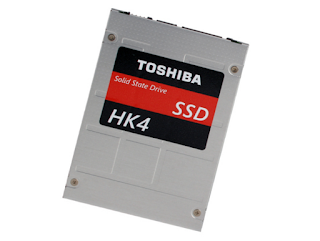Telefónica has selected Ericsson as a key partner of this program to provide the infrastructure and software required to launch the UNICA architecture in Telefónica Germany in 2016.
UNICA is the telecommunication cloud architecture of Telefónica which aims to virtualize NFV in an automatized fashion across its operations. It is a solution open, modular, multi-vendor, multi-site, standard, secure, flexible and extensible, designed to meet Telefonica's evolving requirements and cost efficient.
Ericsson said it will supply its new Hyperscale Datacenter System 8000, Ericsson Cloud Manager, Cloud SDN and automation, as well as systems integration and support services. In addition, Ericsson will provide systems integration and support services to deploy the certified solution in Germany. Telefónica will certify the Ericsson solution to ensure fulfillment of UNICA functionalities and roadmap during Q1 and Q2, targeting the rollout of UNICA in Germany during Q4 2016.
Telefónica said a new concept introduced in the architectural design is the "Multi-VIM" requirement, which ensures an open platform avoiding vendor lock-in and to minimize integration efforts.
Telefónica also confirmed that HPE and Huawei, which have been collaborating until now with UNICA, will continue to participate in this program as strategic partners for NFV.
http://www.telefonica.com
http://www.ericsson.com/news/1988285
UNICA is the telecommunication cloud architecture of Telefónica which aims to virtualize NFV in an automatized fashion across its operations. It is a solution open, modular, multi-vendor, multi-site, standard, secure, flexible and extensible, designed to meet Telefonica's evolving requirements and cost efficient.
Ericsson said it will supply its new Hyperscale Datacenter System 8000, Ericsson Cloud Manager, Cloud SDN and automation, as well as systems integration and support services. In addition, Ericsson will provide systems integration and support services to deploy the certified solution in Germany. Telefónica will certify the Ericsson solution to ensure fulfillment of UNICA functionalities and roadmap during Q1 and Q2, targeting the rollout of UNICA in Germany during Q4 2016.
Telefónica said a new concept introduced in the architectural design is the "Multi-VIM" requirement, which ensures an open platform avoiding vendor lock-in and to minimize integration efforts.
Telefónica also confirmed that HPE and Huawei, which have been collaborating until now with UNICA, will continue to participate in this program as strategic partners for NFV.
http://www.telefonica.com
http://www.ericsson.com/news/1988285




























